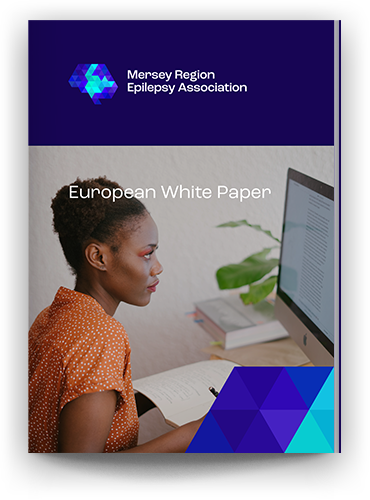European White Paper
on Epilepsy
This content has been abridged for the website — please download the Full PDF Booklet for all the available information, including:
- Epilepsy education within the statutory school system
- Educational Difficulties
- Understanding the problems
- Epilepsy Education for Teachers
- Recognising seizures
- Knowledge of antiepileptic drugs
- Epilepsy Education for Parents
- Role of the voluntary sector
- Epilepsy Education for Children
- The Effects of Treatment on Education
- Recommendations








